Introduction
Nature has blessed us with a treasure trove of sweet-smelling liquid essences, gems with many facets. Hold one to the light and admire its antimicrobial features, turn it again to see how it can positively affect your mind. These are essential oils, providing us with a fragrant pharmacy full of remedies and delights for all aspects of our life.
The Apothecary of Nature
The term ‘apothecary’ is an archaic English term for a medical professional who formulates and dispenses medicine. In the context of essential oils, we can think of nature as our apothecary, providing us with these potent extracts from various parts of plants.
In the past, the apothecary was a medical professional who formulated and dispensed medicines to physicians, surgeons, and patients. Today, we can all play the role of an apothecary in our own homes, using essential oils.

A 15th-century French apothecary
Quantities, Blending, and Methods of Use
When it comes to using essential oils, the quantities and blending methods matter. For massages, use between fifteen and twenty drops of essential oil blend per ounce of carrier oil. For lotions or skin oils, use between three and fifteen drops for every 30 ml of carrier oil. Essential oils can be used in a variety of ways, including baths, clothing, foot care, skin care, hair care, room fragrances, diffusers, dressings, face masks, face oils, gardening, hot tubs, massages, inhalation, lotions, perfumes, pillows, potpourris, saunas, shampoos, and even as pain medication.
When using essential oils, it’s important to understand the quantities to use and how to blend them. Essential oils are potent and should be used sparingly. The quantity used can vary depending on the method of use and the specific oil. For example, when using essential oils for baths, you might use up to 10 drops, while for a massage, you would dilute 1-2 drops of essential oil in a tablespoon of carrier oil.
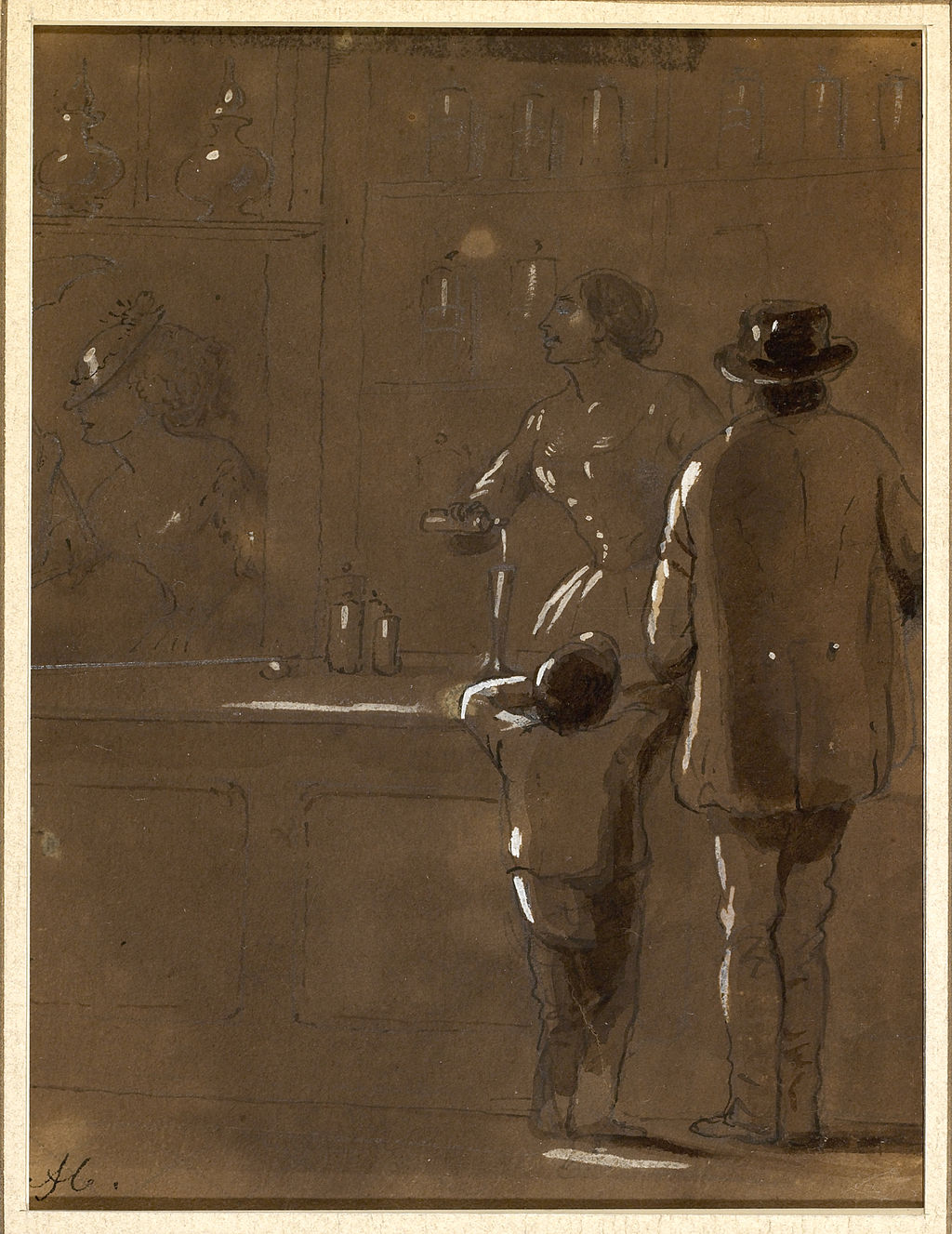
The Lady Apothecary, by Alfred Jacob Miller (between 1825 and 1870).Walters Art Museum, Baltimore.
Methods of Use
Essential oils are nature's miracle healers. NamoMonk Essential oils can be used in a variety of ways, Harness the power of nature with our Essential oils and experience their miraculous healing properties.
Baths:
Add a few drops to your bath water for a relaxing soak. Read more about maximising bath time with NamoMonk essential oils here.
Clothing:
A drop or two of NamoMonk Essential oils on a piece of clothing can provide a lasting fragrance, keeping you fresh throughout the day. It’s a natural and chemical-free way to smell great.
Foot and Skin Care:
Essential oils can be added to foot soaks, providing relief from foot fatigue and helping in the treatment of conditions like athlete’s foot. When diluted in carrier oils, they can be used for skin applications, aiding in the treatment of various skin conditions and improving overall skin health.
Hair Care:
Mixing some oils with shampoo or conditioner can promote healthy hair. They can help in treating dandruff, promoting hair growth, and adding a natural shine to your hair.
Room Fragrance:
Using NamoMonk Essential oils in diffusers or potpourri can freshen up the room, creating a pleasant and inviting atmosphere. They can also help in improving indoor air quality.
Massage:
When diluted in a carrier oil, NamoMonk Essential oils can be used for a soothing massage. They can help in relieving muscle tension, improving blood circulation, and promoting overall well-being.
Inhalation:
Inhaling NamoMonk Essential oils directly or using them in a steam inhalation can provide respiratory benefits. They can help in clearing nasal congestion, relieving sinusitis, and improving respiratory health.
Lotions and Creams:
NamoMonk Essential oils can be added to unscented lotions or creams and applied topically. This can help in moisturizing the skin, treating various skin conditions, and providing a pleasant fragrance.
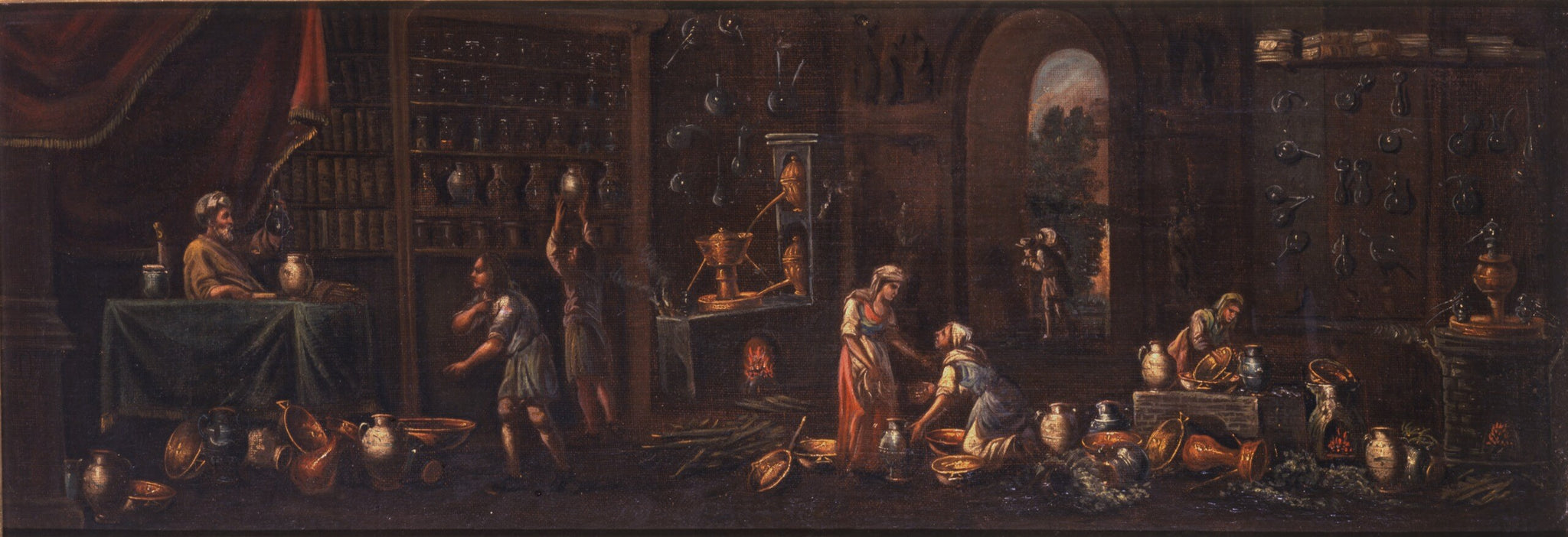
Early Italian pharmacy, 17th century.
History of Essential Oils
The use of essential oils dates back to ancient times. The earliest recorded use of these powerful extracts dates back to 4500 BC, when Egyptians used them for everything from cosmetics to mummification. They were also used extensively in ancient India, Persia, Greece, and Rome. Over the centuries, the use of essential oils has evolved, with a resurgence in recent years as people seek natural alternatives for health and wellness.
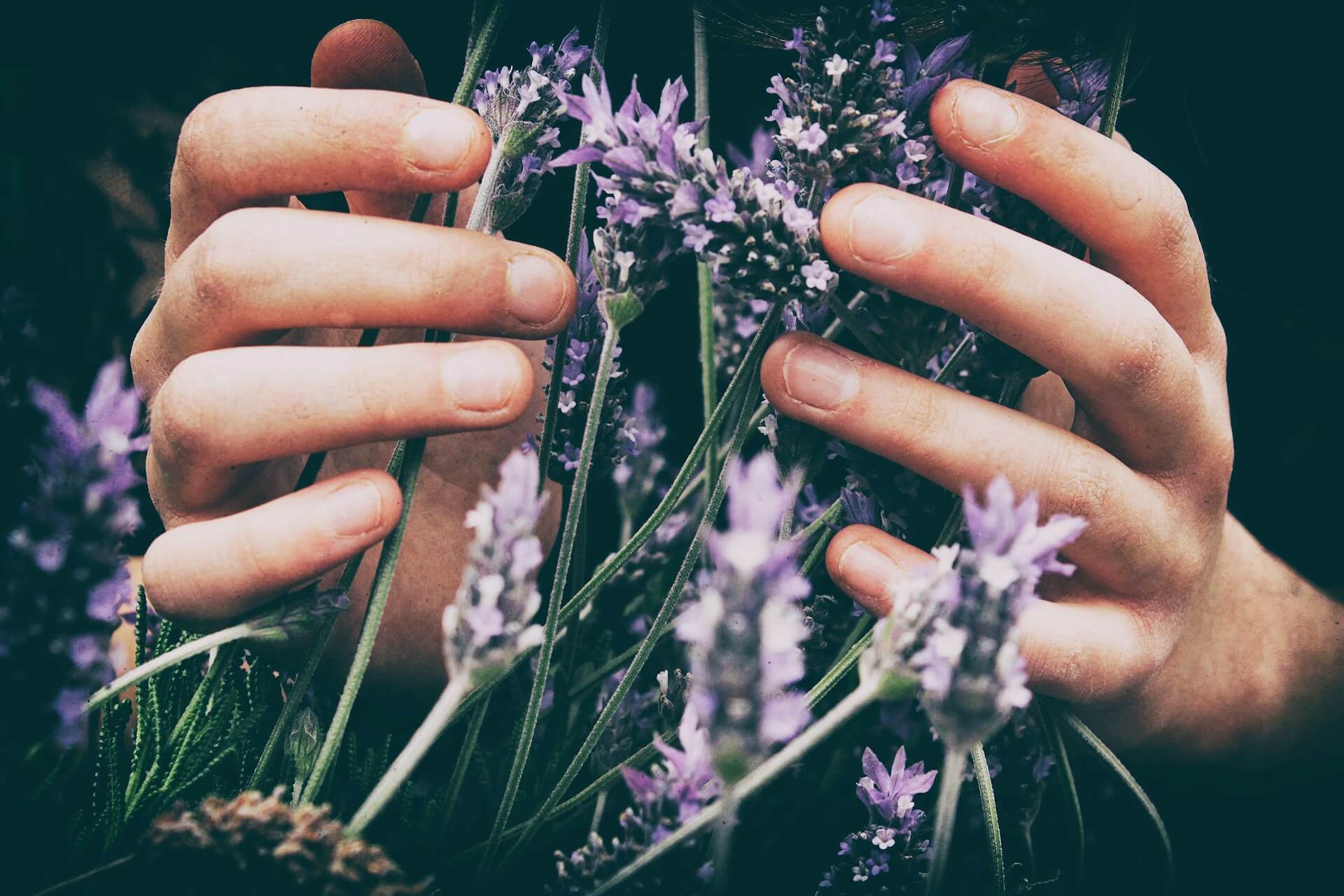
How Essential Oils Work
Essential oils work by interacting with our bodies in various ways. When applied to the skin, some plant chemicals are absorbed. Inhaling the aromas from essential oils can stimulate areas of your limbic system, which is a part of your brain that plays a role in emotions, behaviors, sense of smell, and long-term memory.
Essential oils can have effects on various systems in the body:
Muscular System:
Certain oils like Rosemary essential oil can help soothe sore muscles and promote relaxation.
Digestive System:
Some oils like Lemongrass essential oil can aid digestion and alleviate symptoms of digestive discomfort.
Genito-Urinary and Endocrine Systems:
Essential oils can support hormonal balance and promote urinary health.
Immune System:
Many essential oils like Eucalyptus essential oil and Tea Tree essential oil have properties that can support the immune system, such as antimicrobial and antiviral effects.
Nervous System:
Essential oils can have a calming effect, helping to reduce stress and promote sleep.
The Mind:
The aromas of essential oils Ylang Ylang essential oil can have a profound effect on the mind, influencing mood and emotions.
Essential oils can be subdivided into two distinct groups of chemical constituents; the hydrocarbons which are made up almost exclusively of terpenes (monoterpenes, sesquiterpenes, and diterpenes), and the oxygenated compounds which are mainly esters, aldehydes, ketones, alcohols, phenols, and oxides. These naturally-produced chemical compounds are the basis of each essential oil’s therapeutic benefits.
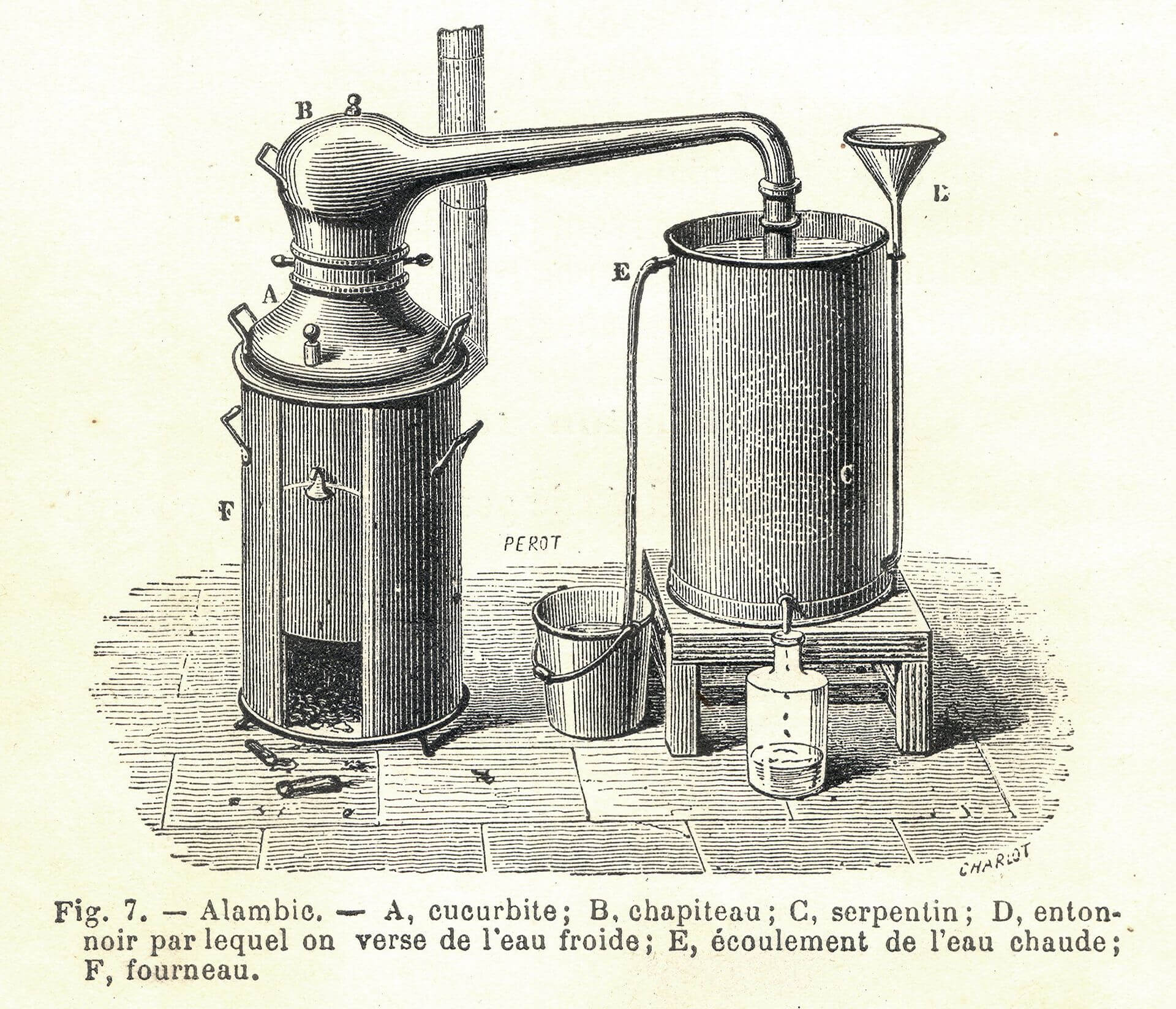
The Science Behind Essential Oils
Essential oils work on various systems in our body, including the muscles, digestive system, genito-urinary and endocrine systems, immune system, nervous system, and the mind. The chemistry behind essential oils is complex and fascinating, with each oil containing a unique combination of chemical compounds.
Terpenes
Terpenes are a broad and varied class of organic compounds produced by numerous plants, especially conifers. Common terpene hydrocarbons include limonene, pinene, camphene, cadinene, caryophyllene, cedene, and many others. These terpenes have recently garnered significant attention due to their exceptional anti-inflammatory and bactericidal properties.
Esters
Esters are chemical compounds resulting from an acid (organic or inorganic) in which at least one -OH (hydroxyl) group is replaced by an -O-alkyl (alkoxy) group. Esters are likely the most common group found in essential oils, including linalyl acetate (found in lavender) and geranyl acetate. They are typically fungicidal and sedative, often having a fruity aroma.
Aldehydes
Aldehydes are organic compounds composed of a carbonyl center with the carbon atom bonded to a hydrogen atom and an R group. Important aldehydes such as citral, citronellal, and neral are notably found in lemon-scented oils like lemongrass, eucalyptus, citronella, etc. Aldehydes generally have a sedative effect.
Ketones
Ketones are a category of organic compounds characterized by a carbonyl group linked to two other carbon atoms. Some of the most common toxic constituents are ketones such as thujone. However, not all ketones are harmful. Non-toxic ketones include jasmone found in Jasmine and Fenchone found in fennel oil. Ketones are generally considered to ease congestion and aid the flow of mucus and are often found in plants used for upper respiratory complaints.
Alcohols
Alcohols are one of the most beneficial groups of compounds, known to have good antiseptic and antiviral properties with an uplifting quality. They are also generally non-toxic. Some of the most common terpene alcohols include linalol found in Rosewood and lavender, and citronellol found in rose and lemon eucalyptus.
Phenols
Phenols tend to have bactericidal and strongly stimulating effects, but can be skin irritants. Common phenols include eugenol, thymol, and carvacrol.
Oxides
Oxides are binary compounds of oxygen with another element. The most important oxide is eucalyptol, which stands virtually in a class of its own. It has an expectorant effect and is well known as the principal constituent of eucalyptus oil. It is also found in a wide range of other oils, especially those of a camphoraceous nature such as rosemary and tea tree.
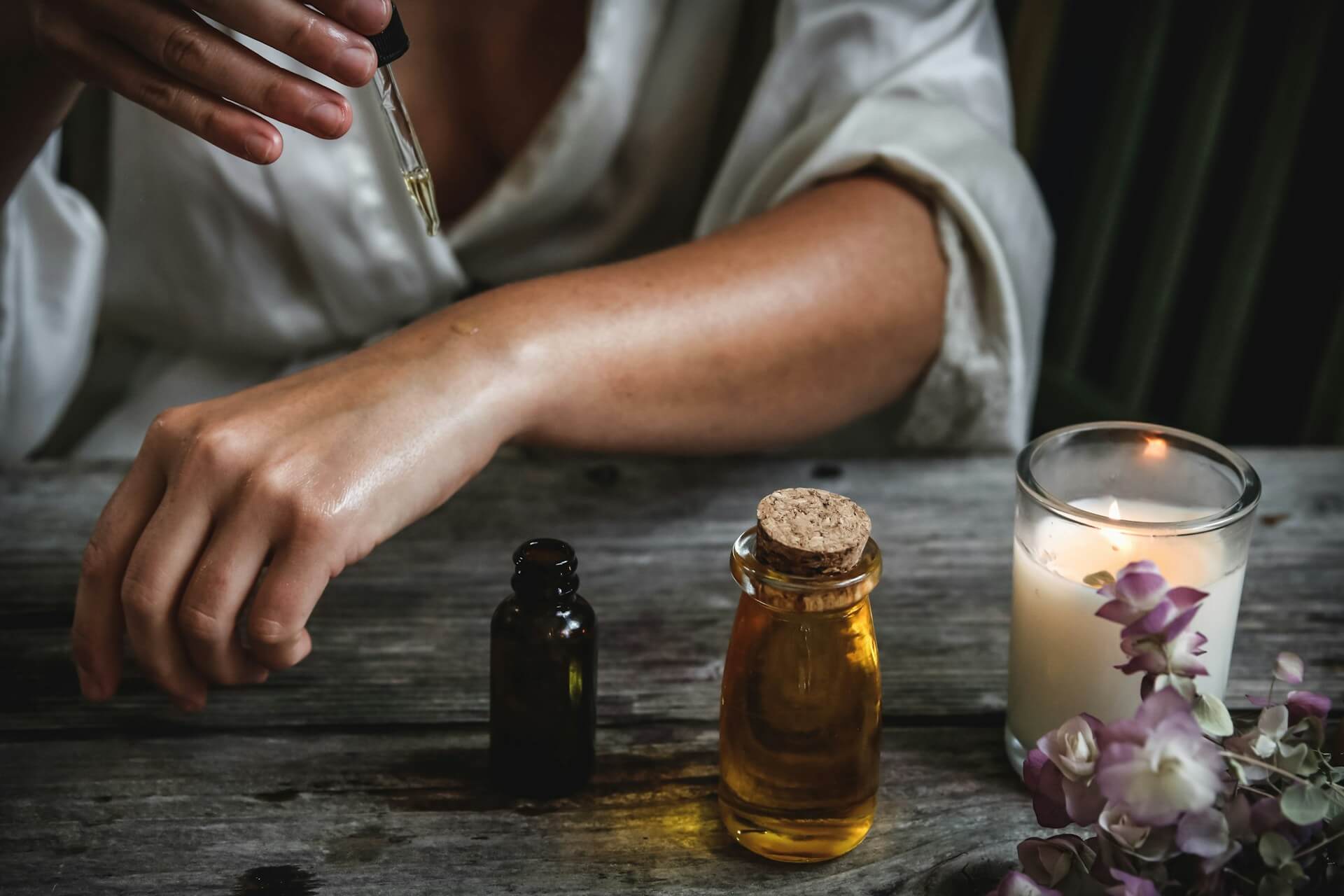
NamoMonk essential oils are pure and highly concentrated. Donot apply directly on skin. always use diluted.
Therapeutic Guidelines and Safety Precautions
While essential oils offer a multitude of benefits, it’s important to use them safely. Essential oils are highly concentrated plant extracts and should be used with reasonable care. It’s also important to remember that the term “therapeutic grade” is not regulated or standardized by any governing body, and its use is more of a marketing term rather than a reflection of an official or consistent standard of quality.
Conclusion
Essential oils offer a wealth of benefits and can be used in a myriad of ways. As we’ve seen, they have a rich history and work through complex mechanisms to interact with our bodies and minds. Whether you’re using them for health, beauty, or simply for their pleasant aroma, essential oils truly are a fragrant pharmacy. Remember, when using essential oils, always do so safely and responsibly. Here at NamoMonk, we’re passionate about bringing you the best information on these incredible natural resources.
If you'd like to read more about self care, we recommend our previous blog on Unlocking the secret to perfect sleep. Read more about it here.
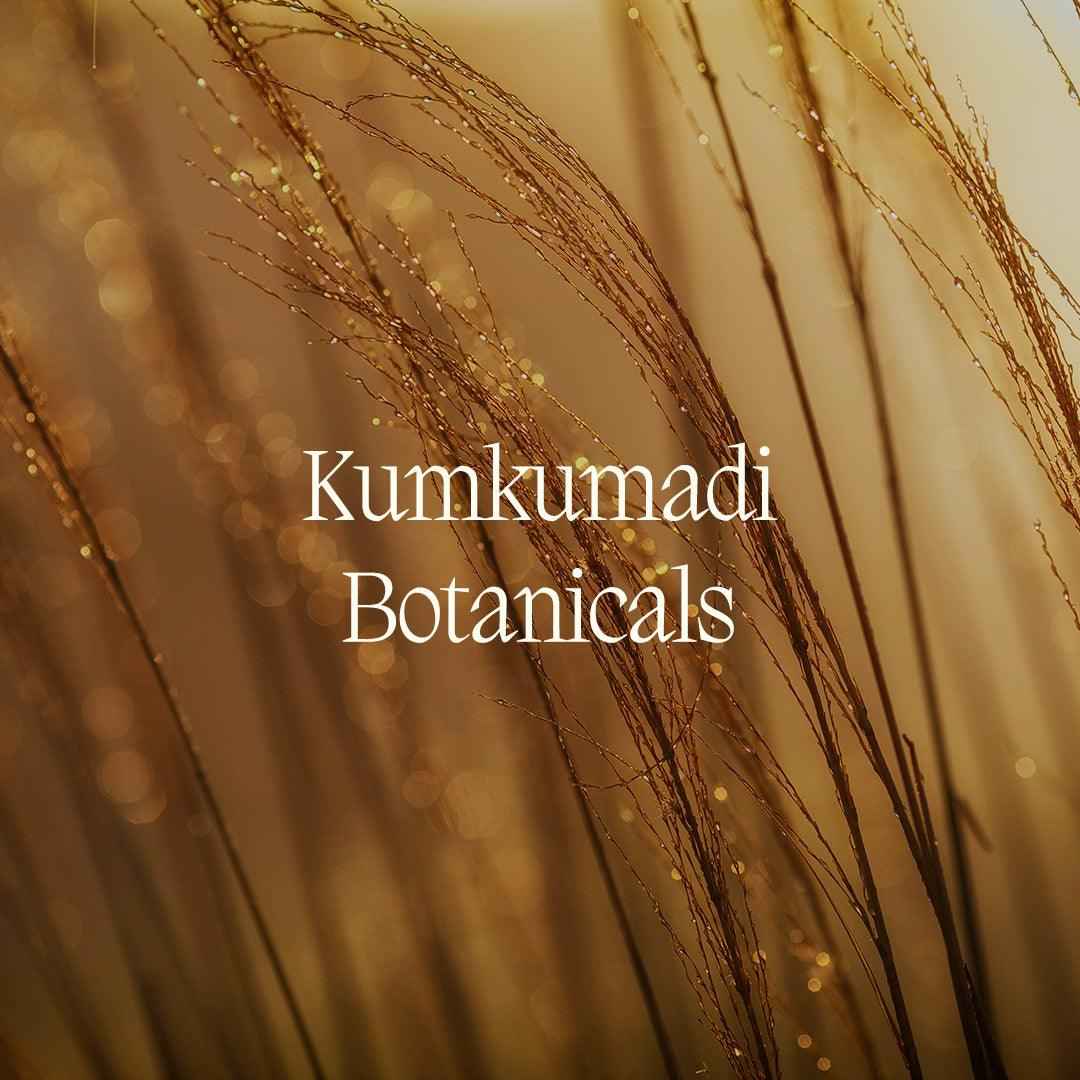

0 comments